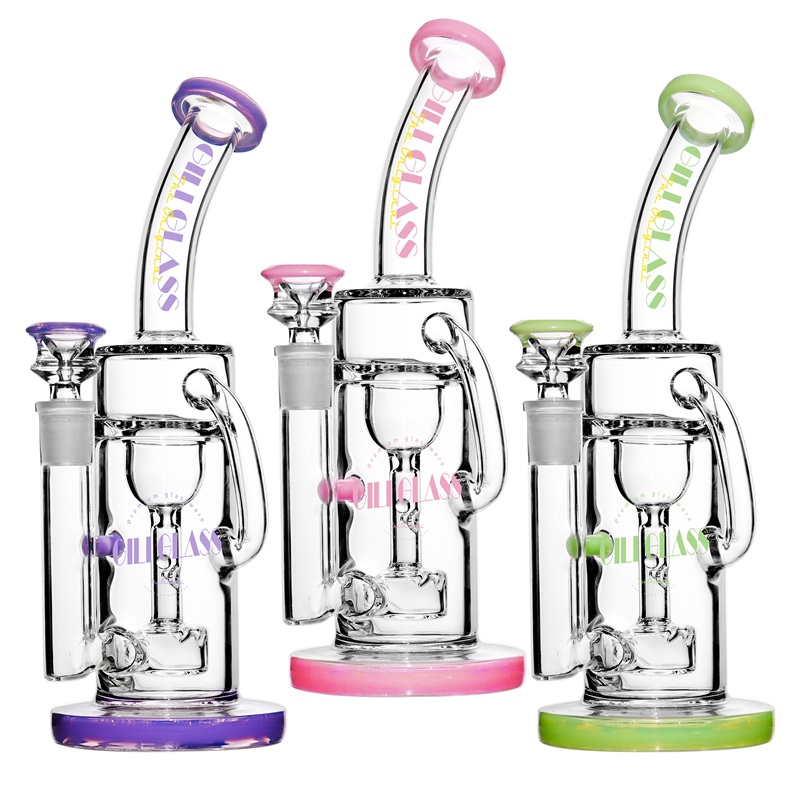
The headshop industry has experienced significant growth over the years, as more individuals embrace the smoking culture and seek high-quality smoking accessories. If you’re passionate about this niche and interested in starting your own headshop, there are several important considerations to keep in mind. In this comprehensive guide, we will outline the key steps and factors to consider when starting a headshop, ensuring you embark on a successful entrepreneurial journey.
1. Research and Planning
Before diving into the headshop business, thorough research and planning are essential. Consider the following points:
a. Market Analysis: Conduct a market analysis to understand the demand for smoking accessories in your target location. Identify your potential customer base and evaluate local competition.
b. Product Selection: Determine the range of products you intend to offer. This may include glass bongs, pipes, vaporizers, rolling papers, grinders, and other smoking accessories. Research reputable suppliers and ensure they offer high-quality and diverse product options.
c. Legal and Regulatory Requirements: Familiarize yourself with the legal and regulatory framework surrounding headshops in your area. Obtain the necessary licenses, permits, and comply with health and safety regulations to operate legally.
d. Financial Planning: Develop a comprehensive business plan that includes financial projections, startup costs, pricing strategies, and marketing budgets. Seek professional advice if needed to ensure your financial planning is sound.
2. Location and Store Setup
Choosing the right location for your headshop is crucial for attracting customers and ensuring convenience. Consider the following factors:
a. Foot Traffic: Look for a location with high foot traffic, such as commercial areas, downtown districts, or near college campuses. This will increase your chances of capturing potential customers.
b. Store Layout and Design: Create an appealing and comfortable atmosphere within your store. Invest in quality displays, shelving, and lighting that showcases your products effectively. Consider incorporating a seating area for customers to browse and socialize.
c. Online Presence: In today’s digital age, having an online presence is essential. Create a user-friendly website where customers can explore your products, make purchases, and find information about your store. Utilize social media platforms to engage with your audience and promote your products.
3. Product Sourcing and Inventory Management
Establishing reliable supplier relationships and effective inventory management are key to ensuring a steady supply of high-quality products. Consider the following aspects:
a. Supplier Selection: Research and establish partnerships with reputable wholesalers, manufacturers, and distributors of smoking accessories. Choose suppliers that offer a wide range of products, competitive pricing, and consistent quality.
b. Inventory Management: Implement an efficient inventory management system to track stock levels, monitor product popularity, and avoid stockouts or overstocking. Regularly review and update your inventory based on customer demand and market trends.
c. Quality Control: Prioritize quality control by carefully inspecting products upon delivery. Ensure they meet your standards for durability, functionality, and safety. This will help build trust with your customers and establish your headshop as a reliable source for premium products.
4. Customer Experience and Marketing
Creating a positive and memorable customer experience is crucial for building a loyal customer base. Consider the following strategies:
a. Knowledgeable Staff: Hire knowledgeable staff who are familiar with the products you offer. They should be able to provide guidance, answer customer questions, and offer recommendations based on individual preferences.
b. Customer Service: Prioritize excellent customer service by providing a friendly and welcoming environment. Train your staff to address customer concerns promptly and effectively.
c. Marketing and Branding: Develop a strong brand identity that resonates with your target audience. Utilize various marketing channels, such as online advertising, social media campaigns, and local promotions, to raise awareness of your headshop. Collaborate
with influencers or engage in community events to expand your reach.
d. Customer Loyalty Programs: Implement customer loyalty programs or rewards to incentivize repeat business and encourage customer loyalty. Offer discounts, special promotions, or exclusive access to new products.
Conclusion
Starting a headshop requires careful planning, research, and consideration of various factors. By conducting thorough market research, selecting the right location, managing inventory effectively, prioritizing customer experience, and implementing effective marketing strategies, you can lay a strong foundation for a successful headshop venture. Stay updated with industry trends, adapt to customer preferences, and continuously innovate to differentiate your headshop from the competition. With passion, dedication, and careful execution, your headshop can thrive and become a go-to destination for smoking enthusiasts in your area.


























